Khalique Newaz
Weighted graphlets and deep neural networks for protein structure classification
Oct 07, 2019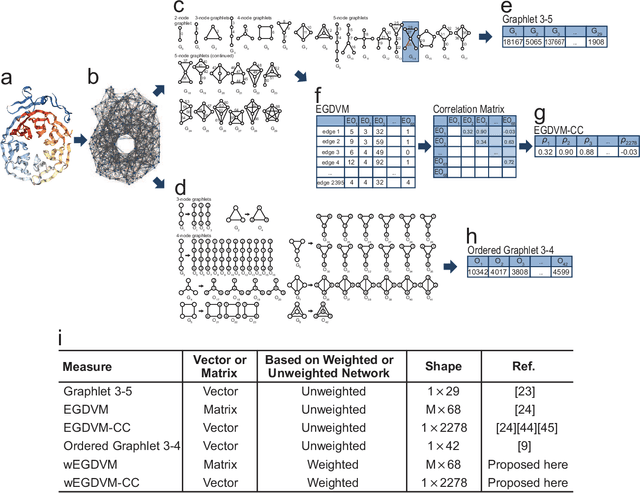


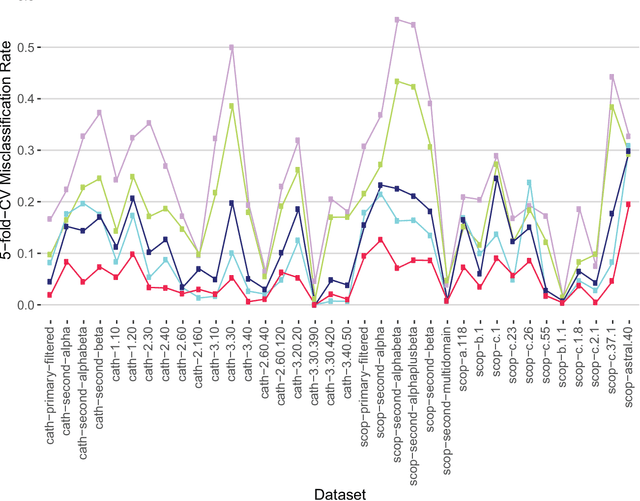
Abstract:As proteins with similar structures often have similar functions, analysis of protein structures can help predict protein functions and is thus important. We consider the problem of protein structure classification, which computationally classifies the structures of proteins into pre-defined groups. We develop a weighted network that depicts the protein structures, and more importantly, we propose the first graphlet-based measure that applies to weighted networks. Further, we develop a deep neural network (DNN) composed of both convolutional and recurrent layers to use this measure for classification. Put together, our approach shows dramatic improvements in performance over existing graphlet-based approaches on 36 real datasets. Even comparing with the state-of-the-art approach, it almost halves the classification error. In addition to protein structure networks, our weighted-graphlet measure and DNN classifier can potentially be applied to classification of other weighted networks in computational biology as well as in other domains.
Network-based protein structural classification
Apr 12, 2018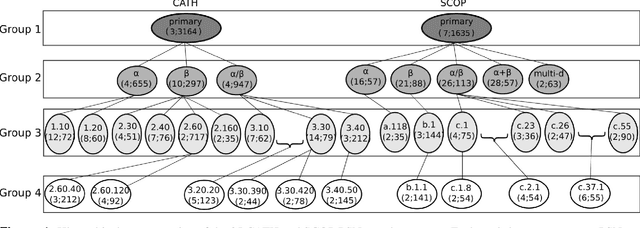
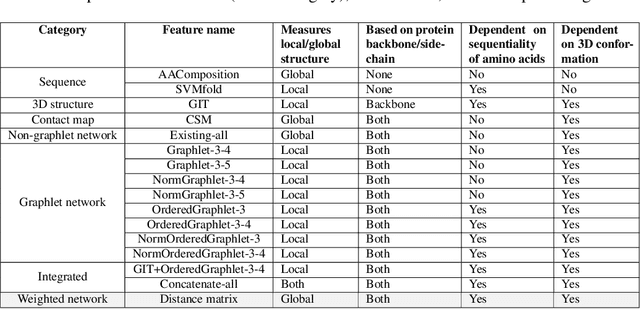
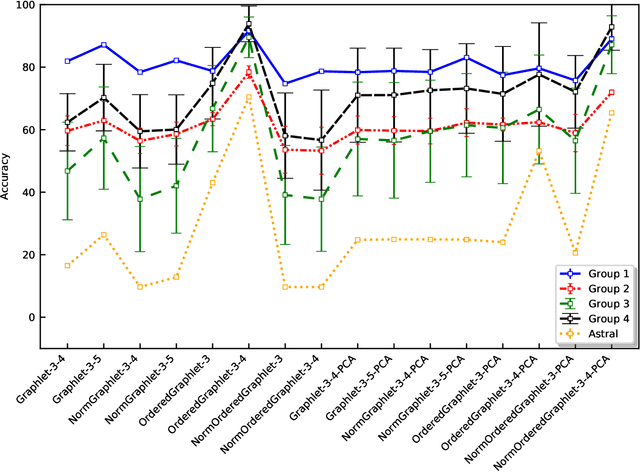

Abstract:Experimental determination of protein function is resource-consuming. As an alternative, computational prediction of protein function has received attention. In this context, protein structural classification (PSC) can help, by allowing for determining structural classes of currently unclassified proteins based on their features, and then relying on the fact that proteins with similar structures have similar functions. Existing PSC approaches rely on sequence-based or direct ("raw") 3-dimensional (3D) structure-based protein features. Instead, we first model 3D structures as protein structure networks (PSNs). Then, we use ("processed") network-based features for PSC. We are the first ones to do so. We propose the use of graphlets, state-of-the-art features in many domains of network science, in the task of PSC. Moreover, because graphlets can deal only with unweighted PSNs, and because accounting for edge weights when constructing PSNs could improve PSC accuracy, we also propose a deep learning framework that automatically learns network features from the weighted PSNs. When evaluated on a large set of 9,509 CATH and 11,451 SCOP protein domains, our proposed approaches are superior to existing PSC approaches in terms of both accuracy and running time.
 Add to Chrome
Add to Chrome Add to Firefox
Add to Firefox Add to Edge
Add to Edge